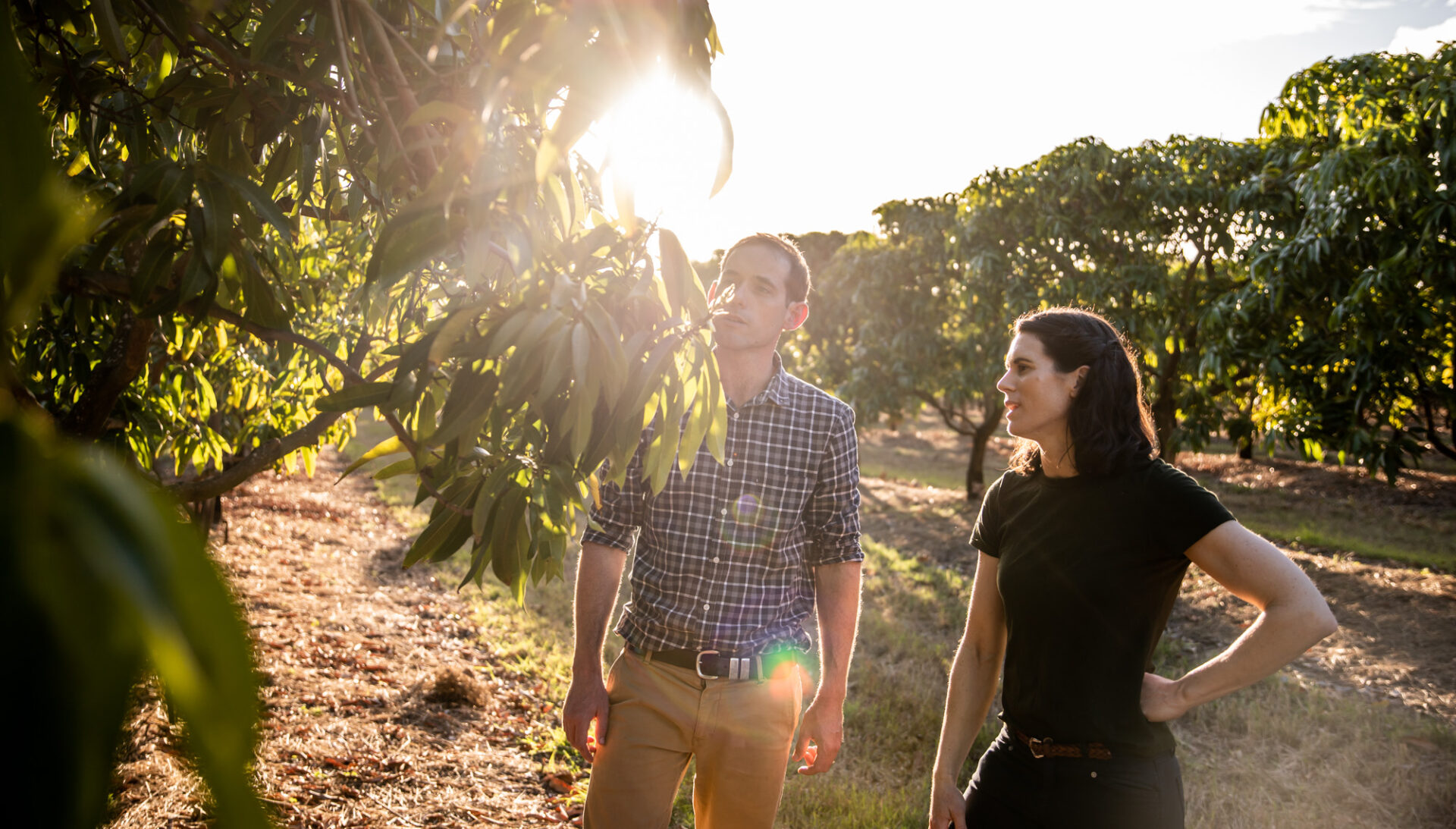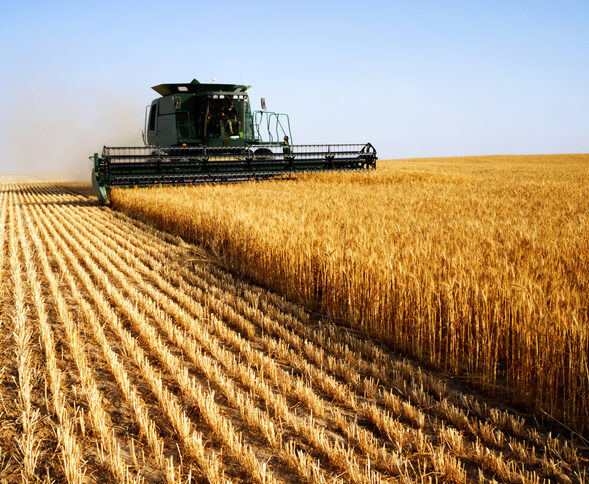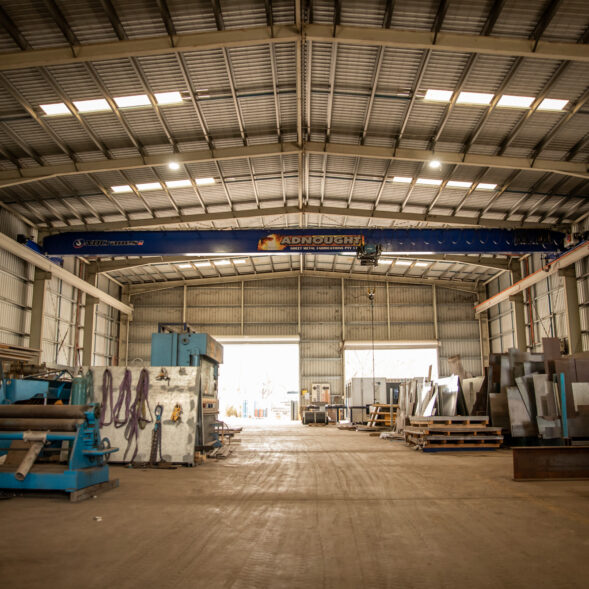The Australian horticultural industry covers a wide range of permanent and annual crop types.
Production and revenue have continued to grow over the past decade, with gross value of production estimated to have risen from approximately $9.5 billion in FY13 to almost $17 billion dollars in FY24.
The largest growth in recent years has come from fruit, in particular berries and citrus, and also from nuts. The nature of horticultural production means that there can be a high degree of volatility due to both weather and commodity price events. Not all industries have enjoyed a consistent growth trajectory, with revenue highly correlated to commodity prices.
Some of our largest fruit, vegetable and ornamental industries, such as potatoes, bananas and berries, are almost totally reliant on domestic sales, while some nut crops (almonds and macadamias), citrus and table grapes are highly dependent on export markets. These export-oriented crops have grown at a faster rate than domestic crops, benefiting from good demand from South-East Asian countries.
There has been a universal trend over recent decades for larger producers to expand and also concentrate on single crops. This has been driven by several factors, including the need to construct expensive “on farm” packing shed or cool room infrastructure and to form marketing alliances with supermarkets and exporters. Often the most successful producers concentrate on a single crop type, relying on their scale to help them through years of low commodity prices and then seeking to capitalise when seasons and prices are favourable.
Another noteworthy trend has been a shift towards growing some crops under either glasshouse or protected netting structures, to better manage weather extremes and bird damage and also assist to produce crops year round. While the capital cost is very high, the returns have been attractive. By way of example, glasshouse tomatoes have virtually replaced field grown tomatoes in the past ten years.
The intensive nature of most horticultural crop production means there is a higher return on investment compared to traditional grazing and dryland cropping enterprises. This has proven enticing for corporate investors, who are always looking to achieve higher returns than are available from less intensive real estate investments. Corporate buyers have been most attracted to industries with either predictable production or that are suitable for being grown at scale (and ideally both). The industries in which corporates have been most active in the past decade include nuts, citrus, berries, mushrooms and glasshouse tomatoes. In many cases the corporate buyer has partnered with a tenant. Investment returns have typically ranged from seven per cent to 7.5 per cent of purchase price, with the comparatively higher return on capital making it possible for the tenant and landlord to generate an acceptable return.
Other industries that have been less attractive to corporates include table grapes, pome fruit, stone fruit and perishable vegetables, with the need to manage large numbers of seasonal workers and fickle commodity pricing being a deterrent.
Sales Activity
There have been relatively few significant horticultural sales in the past 12 months, reflecting a combination of global economic uncertainty and weaker commodity prices for some key industries making it harder for buyers and sellers to find common ground. Some key sales over the past 12 months include:
Katunga Glass House – a large-scale glasshouse facility in the Goulburn Valley, Victoria was purchased by Centuria Capital Group for a reported figure of approximately $100 million. The site was improved with approximately 21 hectares of modern glasshouses used to produce tomatoes and capsicums. It was sold under a leaseback deal.
Jemalong Citrus – a large-scale orchard located west of Forbes, New South Wales and planted to approximately 220 hectares of valencia oranges was purchased by a family-run citrus juice producer for a reported figure of approximately $10 million (excluding water).
Leeton Citrus – Warakirri Asset Management purchased a 160 hectare citrus aggregation located at Leeton, New South Wales for a reported figure of approximately $15 million. The property will be managed under a lease agreement by an incoming tenant (Southern Cross Farms).
Almas Almonds – a portfolio of four orchards in the Murray Valley near Robinvale, Victoria was purchased in late 2024 by a corporate investor for a confidential sum. The sale price reflects improved confidence in the almond industry resulting from a strengthening commodity price.
The sales listed above have all been purchased by corporates or family businesses with corporate backing. The sales all involved assets of above average standard.
Horticultural Outlook
Most commentators are forecasting ongoing stronger returns for some key industries, notably citrus, almonds and berries. There will likely be more variable outcomes for other industries, including table grapes, pome and stone fruit which can suffer at times from an oversupply in domestic markets (pome and stone fruit) and export markets (table grapes).











